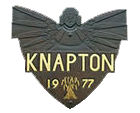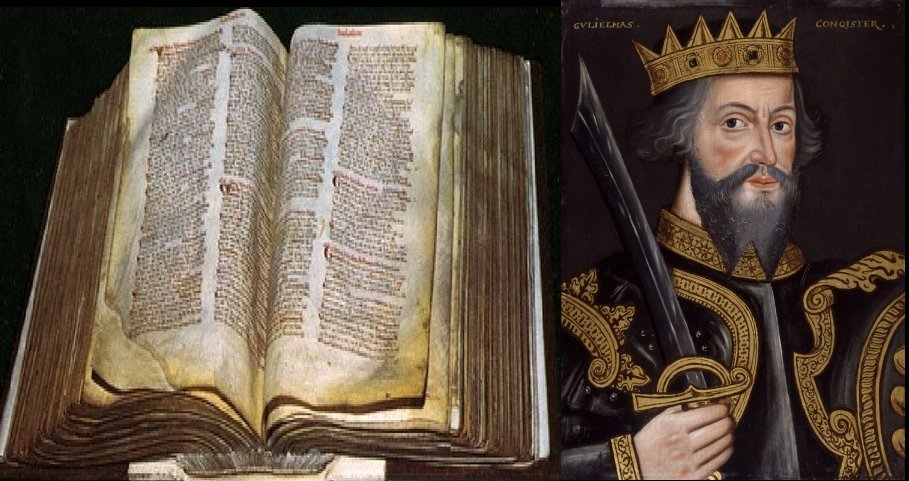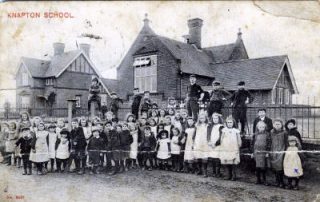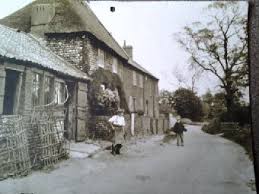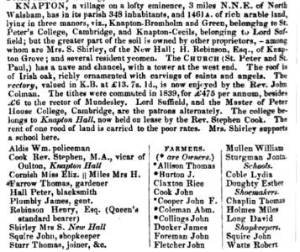Looking back at the history of our village
The origins of the settlement at Knapton are unknown but we know that people have lived in what we now call Knapton for at least 1000 years.
Kanapatone is mentioned in the Domesday Book of 1086 where it was valued at 60 Shillings.
How much do you think that would have been worth today?
We look back and explore some of the rich history of our village
Together with our very own historian, we paint a picture of what life was like in our village, with photos from our archive and interviews with villagers who remember days gone by to get an insight into what makes our village so special today.
Looking back at our village…
Now & Then
so you think you know your village... let's find outdo you know your village
look at the old photos, try and work out where they were taken, then see if you’re right
let’s play (UNDER CONSTRUCTION)
Memories...
what life was really like, back in the dayread and share memories
older members of our village share their memories of what life was actually like
read on (UNDER CONSTRUCTION)
the bells... the bells...
we hear them most days but how much do we know about themVillage History
our resident historian's guide to the history of our villageDive into our past
with a wealth of information, pictures and maps, join our historian on a trip back in time
let’s go back… (UNDER CONSTRUCTION)
Archaeology Dig on the Wilds Way development
In 2018, prior to the building of the Wilds Way development on what used to be known as the Millennium Field, Victory Housing commissioned an Archaeological Survey of the site to ensure that they weren’t desecrating a site of historical significance.
…archaeological remains across the eastern half of the site … define a truncated late Saxon and early medieval settlement phase with evidence of pits, postholes and ditches
